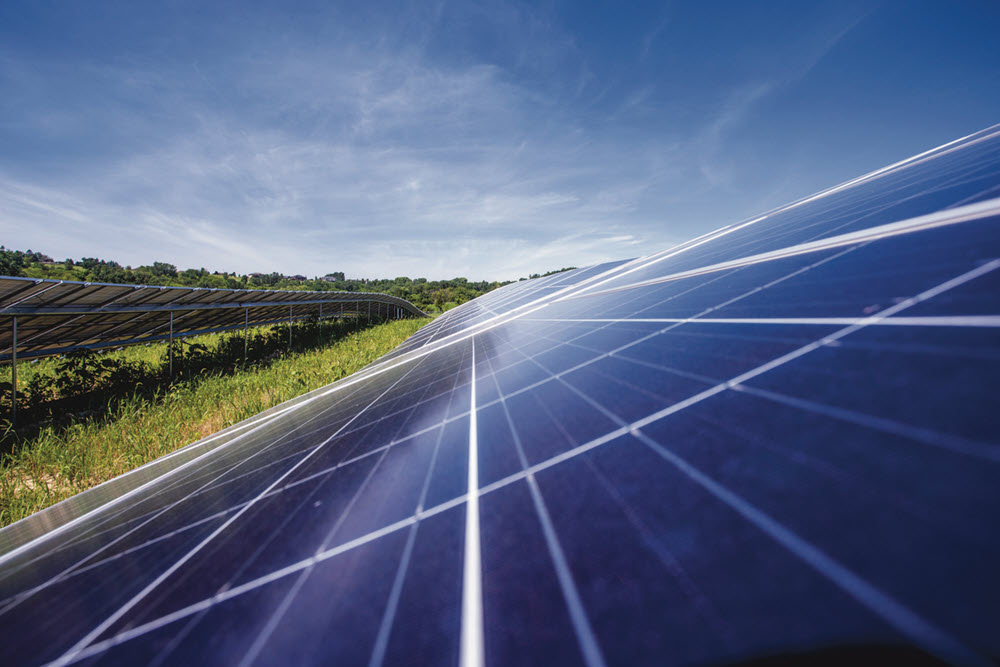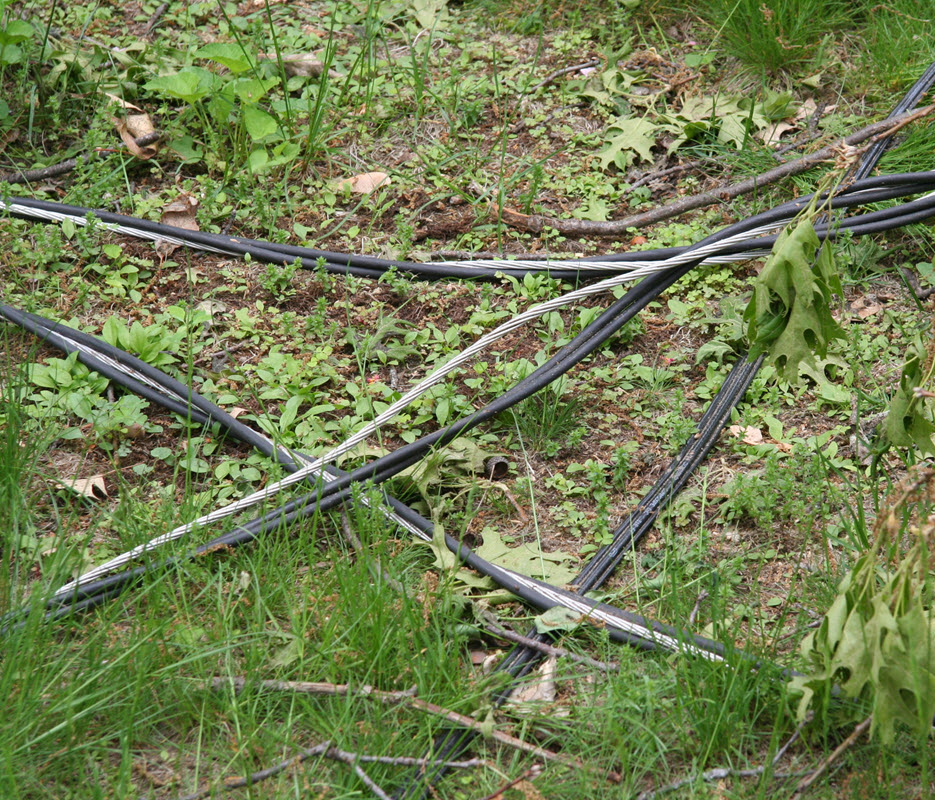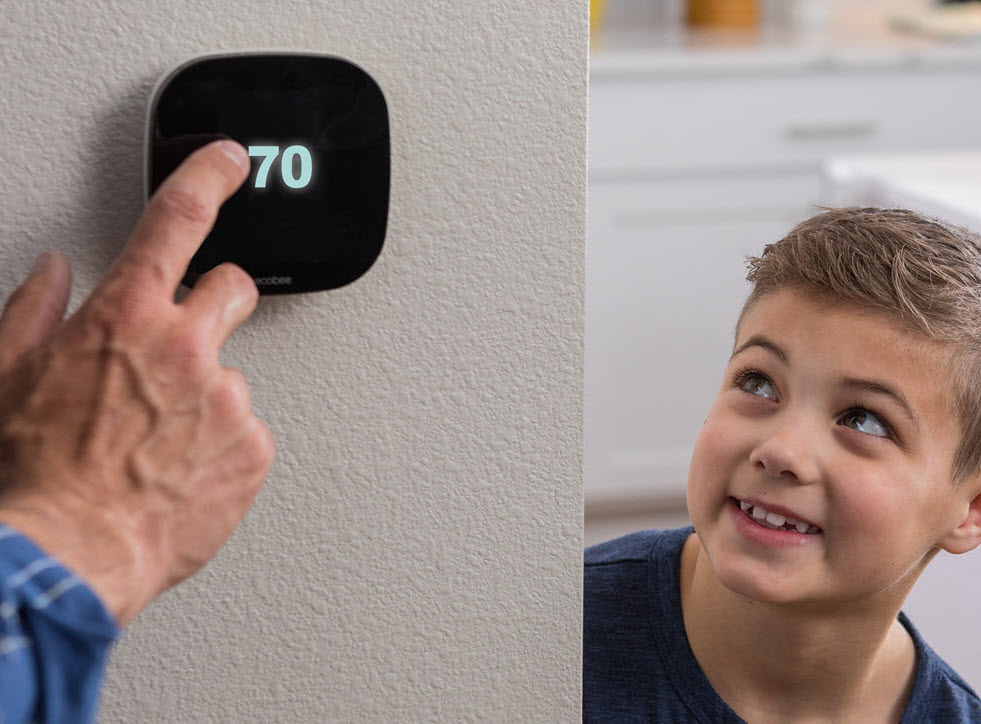Ask the experts
Got energy-related questions? We've got answers!
Click the questions to expand the answers.
Who discovered electricity?
English scientist William Gilbert discovered electricity around the year 1600. Prior to that time, people were aware of static electricity and shocks from “electric fish.” Gilbert conducted many experiments on electricity and magnetism. His findings shattered many of the scientific beliefs at the time. He came up with the word “electricity.”
In the mid-1700s Benjamin Franklin conducted extensive research and increased understanding of electricity. In June 1752, he famously tied a metal key to the bottom of a wet kite string and flew it during a thunderstorm. The electricity in the air from the storm caused sparks to jump from the key to the back of his hand, confirming that lightning was electrical in nature. He’s lucky lightning did not actually strike the kite – if it had, he’d probably have been killed!
Learn more about the history of energy
It's called "phantom energy."
All of the things in our home or car that are plugged in can be using energy, even when not in use or turned off. This is called phantom energy.
Don't worry! No actual phantoms or ghosts are involved. Electronic devices keep drawing energy because they are standing by, ready to jump back to life when you need them. In fact, your TV’s phantom energy usage can make up to 10% of its total power usage.
Learn some ways to save energy at home

The journey can be hundreds of miles.
It's always there whenever you flip a switch or plug in a cord, but electricity has to travel a long way to get to your house. In fact, the generating station where your electricity is made might be hundreds of miles away!
Electricity is carried to your home through a system of wires and poles called the power grid.
Don't be an energy hog.
You can help save energy by turning off the lights when you leave a room, not leaving the refrigerator door open, or helping your parents plant a tree to shade your house so you don’t need to use as much air conditioning.
Energy costs money and uses resources. Saving energy is good for your family and good for the earth.
Renewable energy comes from a variety of sources. One thing they all have in common is that they don’t run out. Wind, solar (sun), hydro (water), biomass (natural material) and geothermal (earth) are the most common examples of renewable energy.
Learn more about renewable energy

It started millions of years ago.
When the dinosaurs and the plants they ate died, the remains were buried under many layers of rock and soil.
Over time, the tremendous heat and pressure created by the layers of earth turned the animal and plant matter into natural gas and petroleum (oil). We call natural gas a "fossil fuel" because it was created by prehistoric animals and plants, just like fossils.
Natural gas is actually odorless.
Gas companies add a chemical called mercaptan, which smells like rotten eggs or skunk, to the gas so that we can smell it if it leaks.
Find out what it smells like! Ask an adult to order a scratch-and-sniff natural gas odor postcard.

When gas leaks, it's an emergency situation.
Natural gas is very flammable. If there’s a flame or spark near the leak, a fire or explosion could result.
Because natural gas is lighter than air, it will float and spread out over open areas near the source of the leak.
If you smell rotten eggs or a skunk-like smell, tell your parents and leave your home right away. An adult should call the gas company right away.
Learn more about natural gas safety

Electric shocks can be deadly.
An electric shock happens when you come in contact with a source of electrical energy.
Electricity always wants to find the path of least resistance. Since water is a conductor, and our bodies are 50 to 60 percent water, a shock can easily go through your body.
When an electric shock occurs, your muscles tighten and your lungs constrict. Your heartbeat can be interrupted, and burns and internal organ damage can occur. You can even die.
Learn more about electric shock and how to stay safe

Most electric shocks occur from:
- Using electricity near water.
- Using electrical cords and appliances that are damaged.
- Getting too close to power lines when climbing trees, climbing on a roof, using ladders or other tools.
- Being too close to power lines that have fallen down after a storm or vehicle accident.
- Being in or on backyard transformers or substation electrical equipment.
Most power outages are caused by the weather.

Strong winds, ice storms and heavy snows can snap trees and power poles, which fall and break the power lines. When this happens, power companies work quickly to restore power as soon it is safe to do so.
In a power outage situation, line workers are the heroes. These are the people who install, maintain and fix the power lines. They go out into danger – including snow storms and even hurricanes and tornadoes – to restore power.
A power outage is never fun, but for certain places it’s especially risky. Think about hospitals, who have hundreds of people to take care of. Or elderly people who live alone and might need oxygen devices to stay alive.
Sometimes the power company plans a power outage in a specific area in order to perform necessary work. This type of outage is rare and impacts only a small number of people at a time. People impacted by this type of outage are notified in advance.

Alliant Energy’s process to restore power
- Our line workers assess the damage and make it safe before attempting any repair work.
- Repair transmission lines that carry electricity from the generation stations to substations.
- Repair substations where high-voltage power from the transmission lines is reduced for home usage.
- Repair the primary transmission lines. Make sure critical services, like police, fire departments and hospitals have power.
- Repair secondary distribution lines that carry electricity from substations to each neighborhood.
- Repair the tap lines that serve anywhere from 20 to 300 homes and businesses.
- If necessary, reconnect lines to individual customers. This is the most difficult and time-consuming step in the restoration process.
Carbon emissions are sometimes called "greenhouse gases."
Carbon emissions refer to the carbon dioxide (CO2) that is released as a result of a human activity, such as burning fossil fuels like coal.
Too much CO2 can act like a blanket in the atmosphere, trapping heat and raising the outdoor temperature.
We can help reduce the amount of CO2 by saving energy, by using more renewable energy resources and less fossil fuels.

It takes a huge amount of energy to gather, purify and transport water.
When we heat up water for showers and dishwashers, it uses a lot of energy too.
Cutting back on both energy and water use has a positive effect on the planet.
The smart grid gets straight A's.
The smart grid uses digital communication to detect and react to changes in electricity usage. For instance, a power outage can be communicated back to the power company instantly.
A smart home has lighting, heating and electronics that can be controlled remotely by phone or computer.
The smart grid and smart home can interact with each other via a smart meter, allowing homes and businesses to better manage their electricity usage.

It depends on the type of battery.
Regular alkaline batteries such as AA, AAA, C and D should be put in the trash. 9 volt batteries should be taped on their ends with masking, electrical or duct tape, as any remaining power could cause a spark. Take lithium or rechargeable batteries to your local solid waste agency for proper recycling.
Yes, a lot less!
Electric vehicles (EVs) are much more efficient. EVs convert up to 62% of the energy they use into moving the vehicle, while gas engines convert only 21% or less into movement. EVs also run on a rechargeable battery and produce no carbon dioxide, making them much better for the environment.
Learn more about electric vehicles

